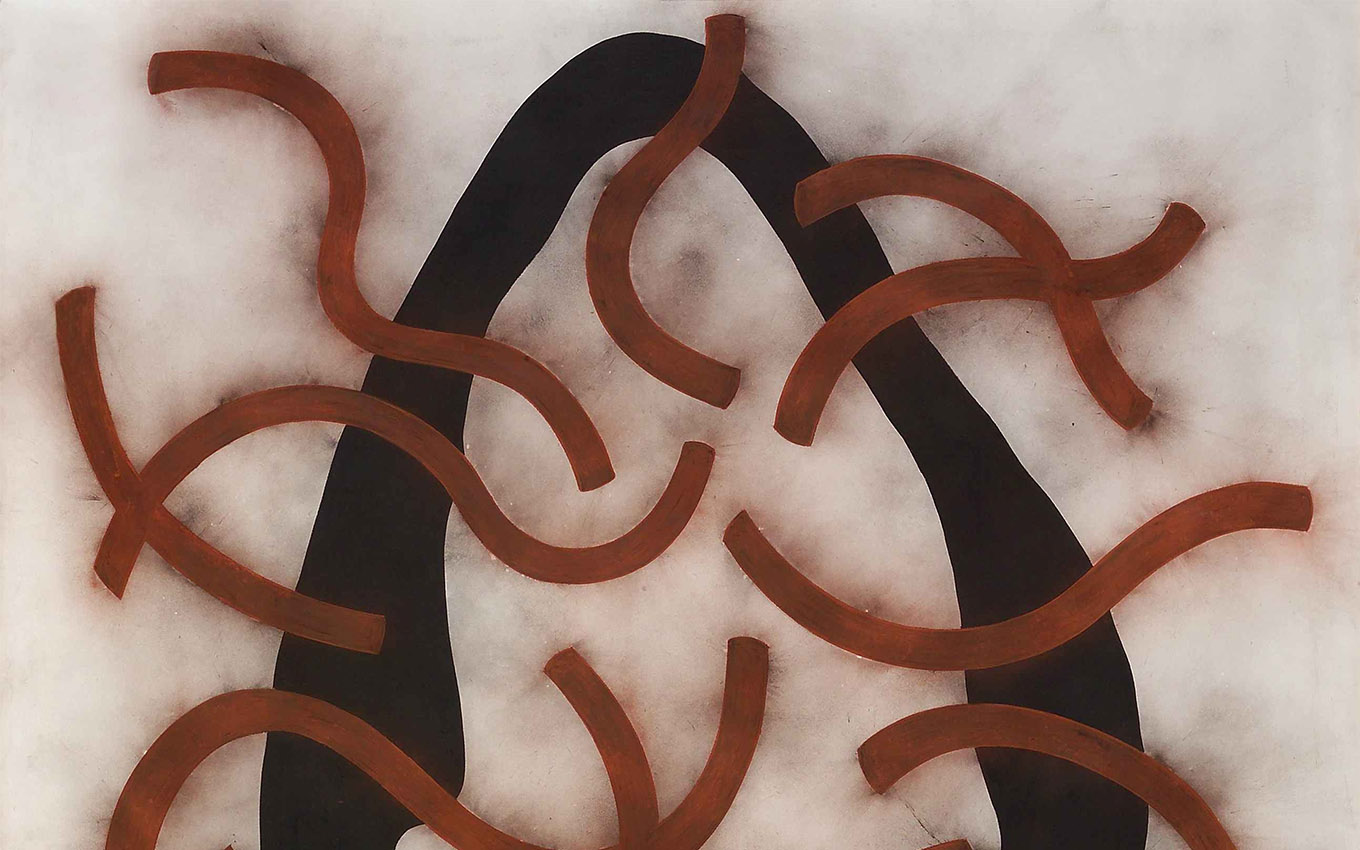‘Talk to me’ by Pires Vieira
In 1999, CAM displayed Pires Vieira’s Talk to me series in its Temporary Exhibitions Gallery and purchased two of the works. The exhibition/installation was composed of 24 large-scale drawings, made between 1997 and 1998, framed and sitting on wooden blocks on the floor, leaning against the wall, in a compact and continuous line.
The fact that the show was an installation made it important for the CAM Collection to try and bring together a significant number of drawings from the series, which was not possible at the time. The CAM has now acquired another eight drawings from the series, rectifying that aspect of the work in the Collection: in future presentations a group of ten works will be displayed, giving the series the impact it warrants.
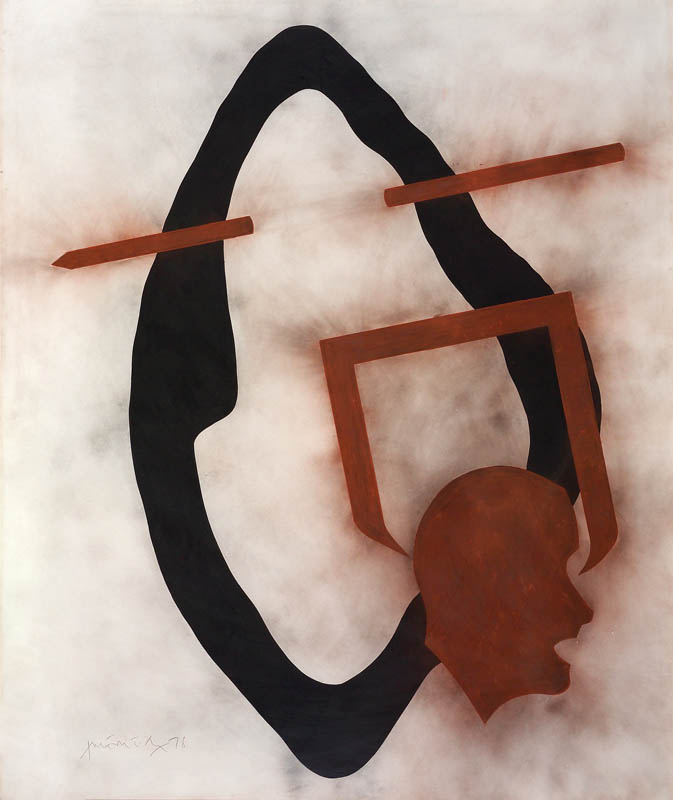

Regarding the repeated organic form drawn in black, Daniel Peres describes ‘a distorted mandorla that, from one drawing to the next, competes for space with a variety of reddish signs. They are pictograms with a rigid outline and monochromatic flatness, entirely in contrast with the fog that swirls round them. The figurative propensity of these entities seems evident at times, and doubtful and hard to decipher at others. The profile of a human face appears in several pieces. Sometimes the tongue is sticking out, pointed and very sharp – emphasising the other sharp and cutting elements that emerge: bolts, nails, boots and pointed shoes and high heels, plants with razor-edged leaves, and other artefacts that are less easily identifiable’ (Digital Catalogue – História das Exposições de Arte da Fundação Gulbenkian). The black shapes could also be ears or outlines of a vulva, more or less abstract signs and symbols that, like the geometric structures of other phases, are ‘replicated in variations and recombinations’ (Ibidem).
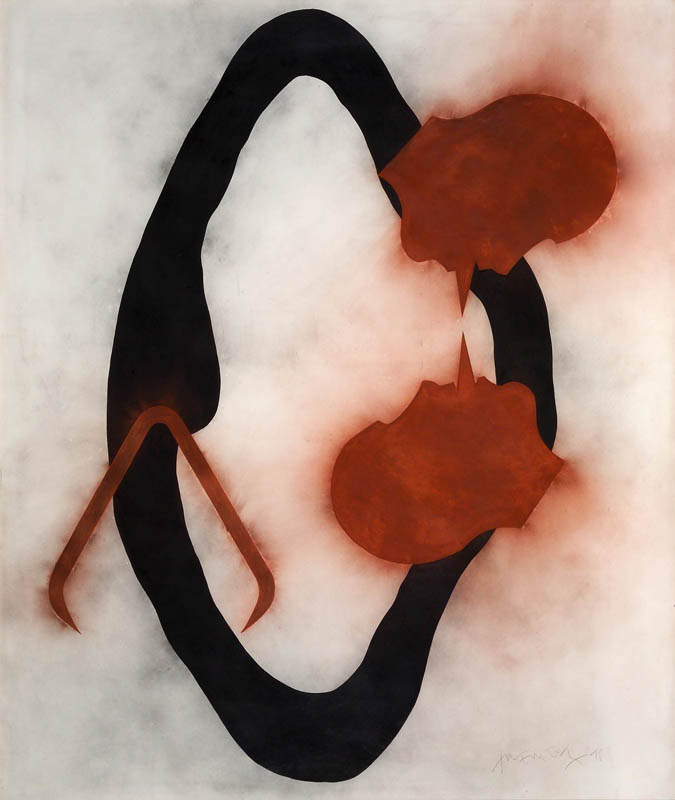
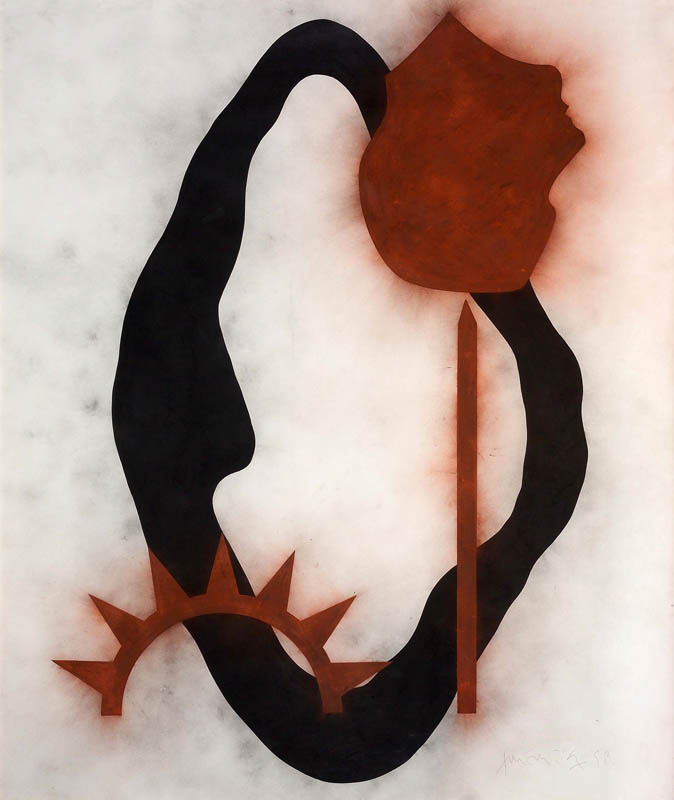
In 1994, Cerveira Pinto mentioned the artist’s relation to Brice Marden and Allan McCollum, as well as Jorge Pinheiro, Ângelo de Sousa, Fernando Lanhas and Fernando Calhau. At that time, Ad Reinhardt, a very influential figure during the 1970s, might also have been a remote point of reference. The series by Pires Vieira entitled Aproximação a um inventário de desejos reprimidos [Approximation of an inventory of repressed desires] included drawn versions, exhibited in Galeria Pedro Oliveira, among others, and was close to series such as Mostruários (Showcases) and Vestiários (Cloakrooms), from 1995. This formal vocabulary immediately precedes the Talk to me series and explains its origin. We can therefore regard this series as corresponding to a formal moment when many elements markedly converged in the artist’s career.
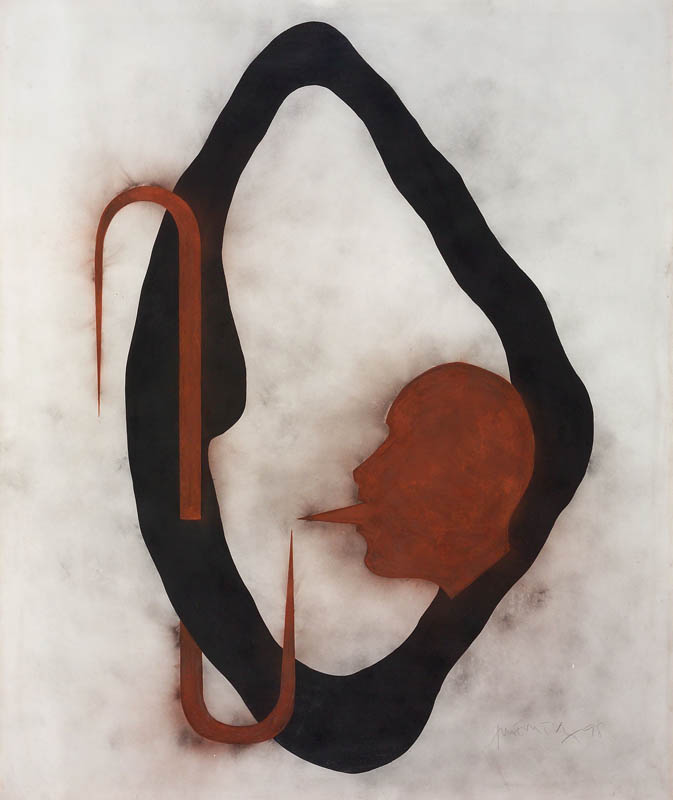
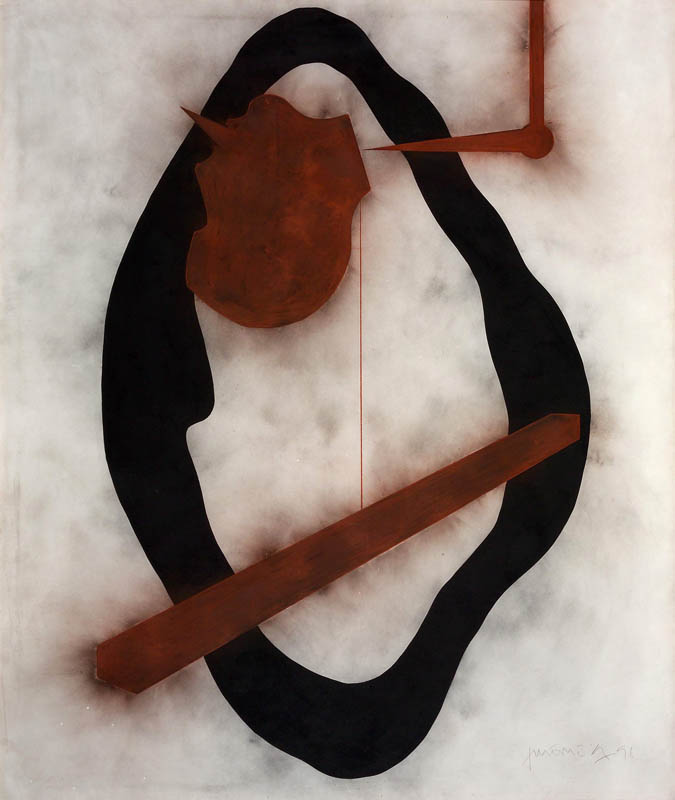
In an in-depth interview with Miguel Wandschneider, published in the catalogue for this exhibition, Pires Vieira states that the relationship between the size of the works and that of his own body always interested him; that references to the body always end up being to his own; and that ‘the attempt to rebuild or understand a whole is an attempt to move closer to the model, to the ideal body, to the body you desire’ (Pires Vieira. Talk to Me. Lisbon: CAM, 1999).
